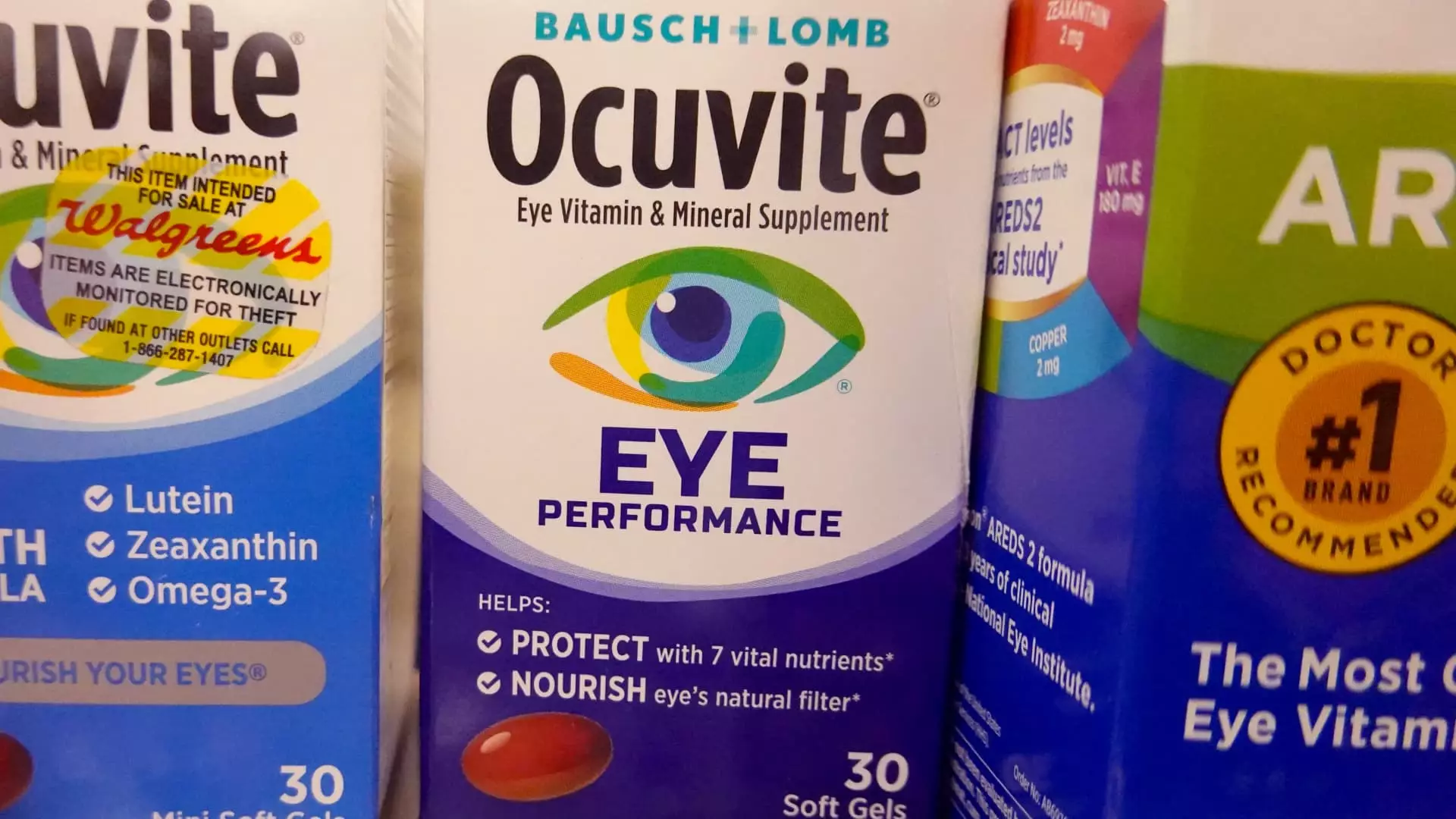Bausch Health, formerly recognized as Valeant Pharmaceuticals, stands as a prominent player in the global pharmaceutical sphere. With its headquarters positioned in Canada, the company has diversified its operations across multiple therapeutic areas, notably dermatology, gastroenterology, neurology, and ophthalmology. The complexity of its operations is inherently tied to its five main business segments: Bausch + Lomb, Salix Pharmaceuticals, International Rx, Solta Medical, and Diversified Products. Each subdivision possesses distinct market characteristics and consumer demographics, making Bausch Health an intricate entity within the healthcare ecosystem.
A significant pivot in Bausch Health’s management and shareholder engagement occurred when activist investor Carl Icahn registered a 13D filing with the U.S. Securities and Exchange Commission on February 11, 2021. Icahn’s intentions hinted at a desire to improve shareholder value through constructive dialogue with the company’s management and board. This filing sparked a strategic review within Bausch Health, setting the stage for substantial board changes aimed at enhancing governance. In a rapid succession of events, the company expanded its board size to accommodate Icahn’s proposed candidates, thus indicating a shift toward more active shareholder involvement in corporate decisions.
The strategic review conducted by Bausch Health has unveiled pathways to maximize shareholder value through potential divestitures or restructuring. Crucially, in May 2022, Bausch + Lomb was spun off as an independent public entity, although Bausch Health retained a significant 88% ownership stake. This maneuver reflects a broader trend in the pharmaceutical industry, where spinoffs are employed to unlock shareholder value by allowing distinct business units to operate independently while still benefiting from the parent company’s resources.
As Bausch + Lomb transitions into a standalone entity, its financial health has come under scrutiny. Recent reports from the Financial Times have suggested that Bausch + Lomb is exploring a sale with the assistance of Goldman Sachs. The enterprise value of this division is estimated at approximately $10 billion, which is currently hindered by high levels of debt on Bausch Health’s consolidated balance sheet, amounting to $20.4 billion, including $4.6 billion attributed to Bausch + Lomb. The tangled financial structure indicates that an outright sale could not only resolve Bausch Health’s debt dilemma but also enhance the market value of Bausch + Lomb independently.
Projected earnings before interest, taxes, depreciation, and amortization (EBITDA) for Bausch + Lomb in 2025 are bullish, estimated at around $966 million. Peers such as The Cooper Companies and Alcon illustrate the potential market valuation by trading at enterprise value/EBITDA multiples of 19.5 and 18.5, respectively. By applying a conservative 19-times average multiple to Bausch + Lomb, market analysts forecast an enterprise value of approximately $18.35 billion. Subtracting the $4.35 billion net debt leaves an implied equity valuation of $14 billion, corresponding to a share price significantly more attractive than its current trading value.
The overarching evaluation of Bausch Health’s remaining business units, collectively referred to as “RemainCo,” showcases a complex but promising landscape. The Salix division, primarily anchored by the drug Xifaxan, constitutes a substantial portion of revenue and operating income. However, the impending patent expiration in January 2028 raises concerns about future profitability. Despite this, projections based on conservative growth assumptions still indicate a notable present value of about $4.25 billion for the Xifaxan-related revenue.
The complete value derived from the prospective sale of Bausch + Lomb combined with Xifaxan’s continued revenue stream offers Bausch Health a path to potentially eradicate its substantial debt. With remaining net cash and several profitable business lines, the opportunity for reclamation of equity and market stability seems feasible.
Using various peer comparisons, the RemainCo valuation analysis presents another layer of complexity. With divisions trading at different EV/EBITDA multiples, assumptions around these rates necessitate careful consideration. A conservative estimate employing an 8-times multiple suggests a RemainCo valuation of approximately $9.36 billion, augmenting the total enterprise value of Bausch Health to nearly $25.93 billion when integrating all calculations. Even with the unsettling debt situation, this figure illuminates a potential pathway towards recovery and growth, eliciting a per-share value significantly higher than current market quotations.
While the intricacies involved in Bausch Health’s strategic initiatives reflect a challenging corporate narrative, they also unveil substantial opportunities for growth and recovery. As the company navigates shareholder expectations, compound debt challenges, and the ever-evolving landscape of the pharmaceutical market, its proactive measures toward restructuring and spinoffs may set a precedent for future corporate governance and strategic development in the sector. The arrival of seasoned management and influential investor engagement might prove essential in propelling Bausch Health towards a more promising economically stable future.


Leave a Reply